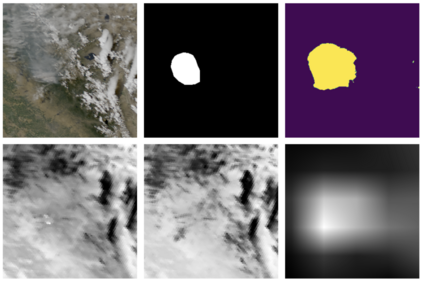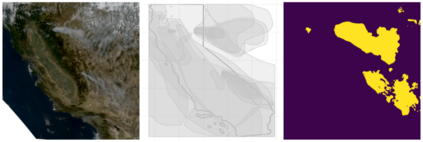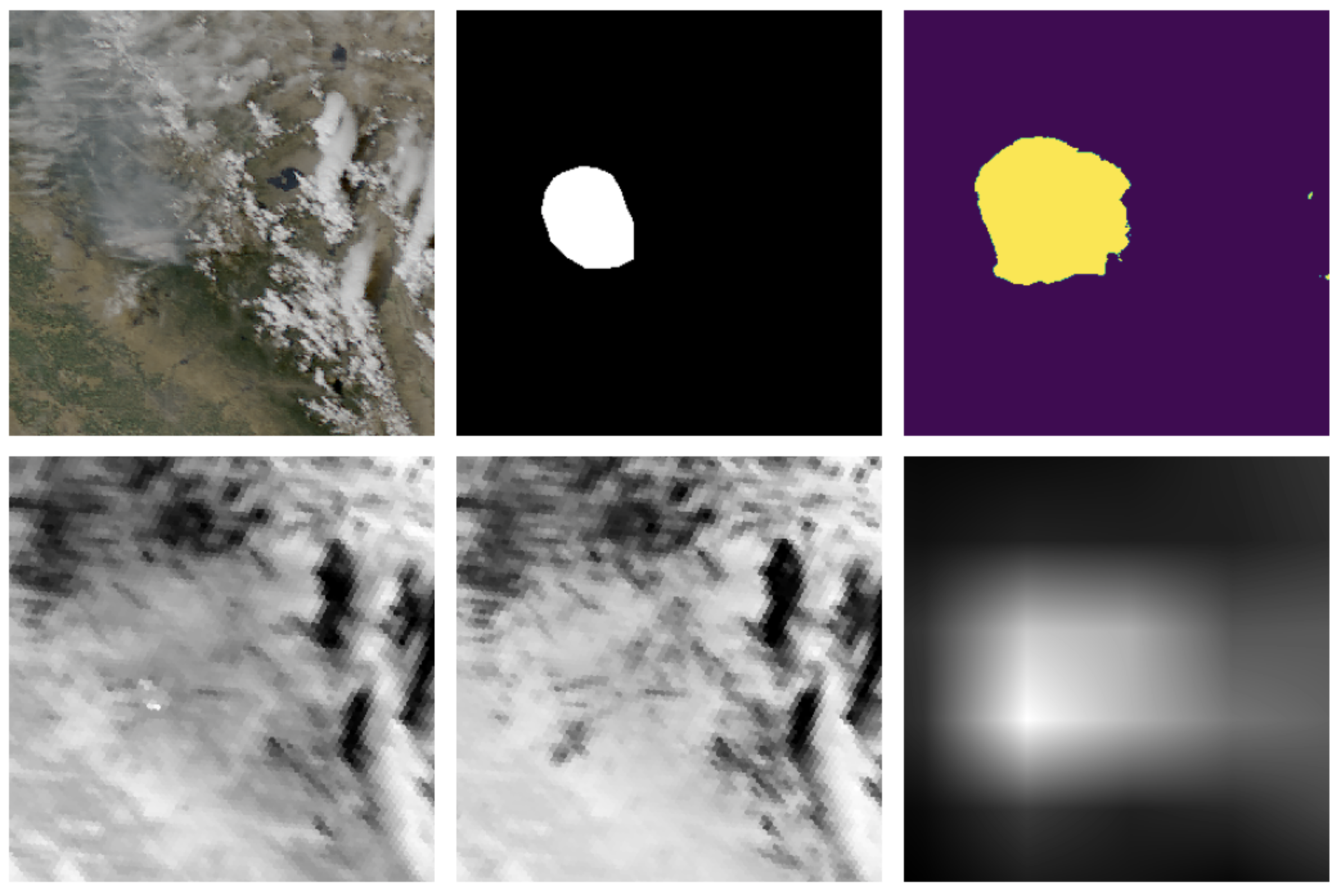Wildfires have increased in frequency and severity over the past two decades, especially in the Western United States. Beyond physical infrastructure damage caused by these wildfire events, researchers have increasingly identified harmful impacts of particulate matter generated by wildfire smoke on respiratory, cardiovascular, and cognitive health. This inference is difficult due to the spatial and temporal uncertainty regarding how much particulate matter is specifically attributable to wildfire smoke. One factor contributing to this challenge is the reliance on manually drawn smoke plume annotations, which are often noisy representations limited to the United States. This work uses deep convolutional neural networks to segment smoke plumes from geostationary satellite imagery. We compare the performance of predicted plume segmentations versus the noisy annotations using causal inference methods to estimate the amount of variation each explains in Environmental Protection Agency (EPA) measured surface level particulate matter <2.5um in diameter ($\textrm{PM}_{2.5}$).
翻译:在过去二十年中,野火的频率和严重程度都有所增加,特别是在美国西部。除了这些野火事件造成的有形基础设施破坏外,研究人员还越来越多地发现野火烟雾产生的微粒物质对呼吸、心血管和认知健康的有害影响。这种推论是困难的,因为关于多少颗粒物质具体归因于野火烟雾的时空不确定性。造成这一挑战的一个因素是依靠人工提取的烟羽说明,这些说明往往仅限于美国的噪音。这项工作利用深层神经神经网络从地球静止卫星图像中分离出烟羽。我们用因果推断方法对预测的羽流分解的性能和噪音说明进行比较,以估计环境保护局测量的表面颗粒物质在直径 <2.5毫米($\ textrm{PM}2.5美元)中的差异程度。






